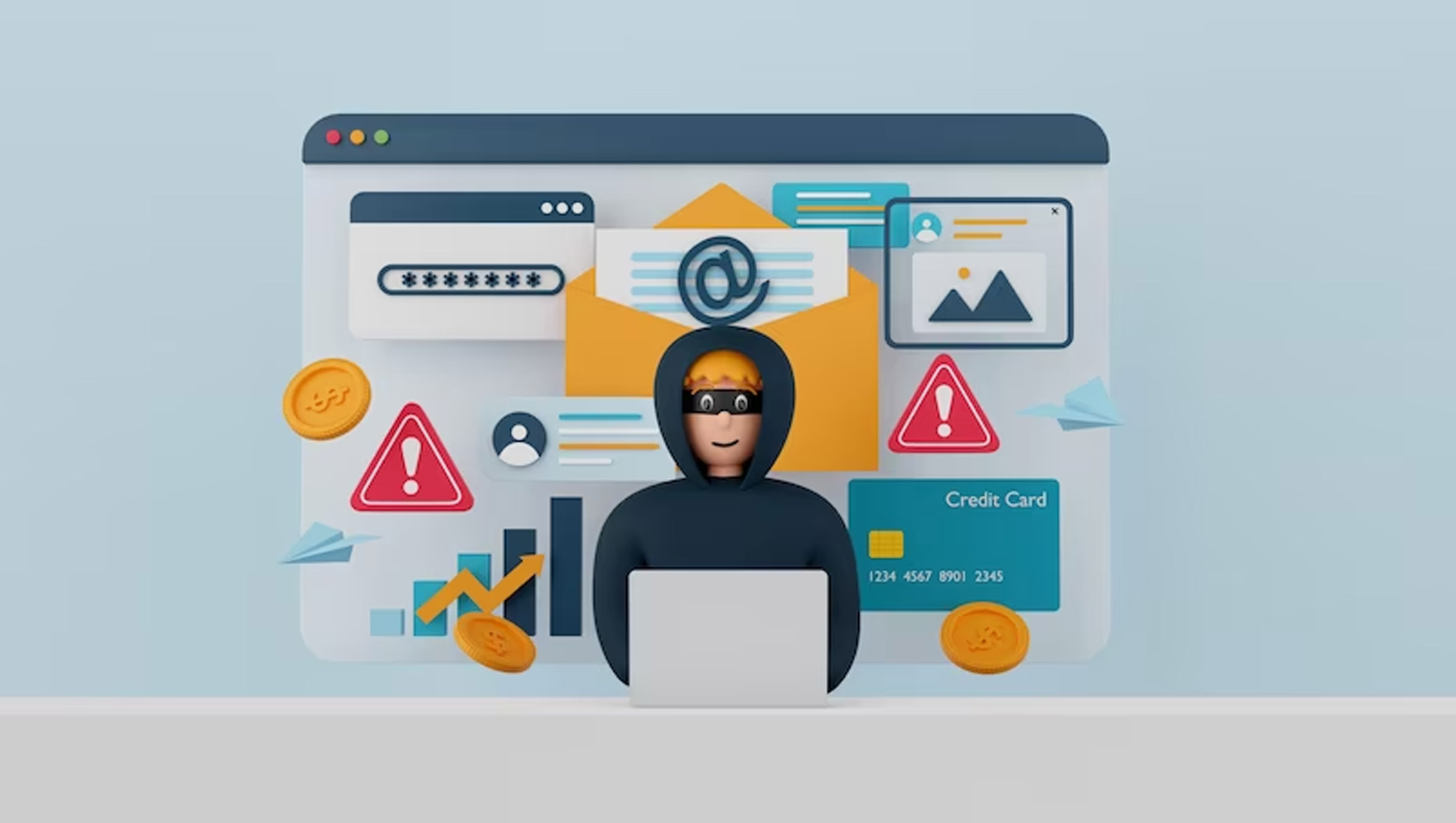According to reports, content generation is predicted to be one of the most in-demand skills by 2025. This is because there are so many chances available today and so much demand for material that loads quickly. Whereas we used to be more commonly impacted by those around us, content has changed to become a medium that influences us. The creator economy has had phenomenal growth in recent years and will continue to do so.
What does that entail for brands, and how can marketers take advantage of the strong economy? Everything changed when the internet was introduced. Audiences gravitated towards content made by people like us and away from excessively scripted material. Viewers started to connect with authentic voices captured in a kitchen more than any high-end media production.
What drives the creator economy
Numerous causes have enhanced the creator economy. These elements have helped the creative ecosystem to proliferate. These essential elements include:
Internet usage is increasing, and content consumption is becoming increasingly global
Growth in internet use and changes in how the material is consumed globally: By 2023, Statista projects that there will be 5.3 billion internet users worldwide. Each year, more than 7.6% of individuals will begin using the internet globally. There will surely be a rise in the demand for creative content as the world becomes more digitised.
As a result of the epidemic
The pandemic has inspired content producers everywhere. This was a moment when creativity was widely and unrestrictedly revived. As new producers, especially those who worked in the vernacular languages, flocked to the internet to display their talents, an organic network effect was created. Through targeted content distribution across numerous sectors, creators have successfully built sizable communities. These verticals cover various topics, such as entertainment, food, fashion, technology, beauty, and travel. They have achieved this by making the most of their reach on generally platform-neutral websites like YouTube, Facebook, and Instagram, as well as their regional language-focused equivalents.
Opportunities for formal employment were disrupted
The creator economy dramatically benefits from independent makers. The formal work market underwent a significant shift due to the epidemic. This and other factors helped raise the amount of activity among creators worldwide. In reality, many of these creators gained instant notoriety and contributed to the creator economy reaching $14 billion in 2021 alone. Additionally, the growth of remote and hybrid work has given many creators the time and resources they need to work on and release their content.
The acceptance of brief video content
People are always looking for new and fascinating videos. The most popular kind of content on the internet right now is video. Due to its accessibility on all devices and ease of consumption, short-form video content is popular. Shorter videos are also more frequently seen on mobile devices and shared with friends. Within minutes of watching reels or fast movies, you can learn something new or start laughing aloud.
Marketing Technology News: MarTech Interview with Jon Stewart, President at ZenSource
Platforms and tools for the creator economy are multiplying
Many content creators look for other sources of income to support their work. Currently, numerous monetisation methods are available to aid creators in earning a respectable livelihood from their work. One of the most popular sites for generating income is YouTube. You can create videos and then monetise them with ads. You can join the YouTube Partner Program to get a share of the revenue generated by promoting your videos.
Future Potential Changes and Impact of the Creator Economy
What does the creator economy’s future hold, then?
Niche content will keep growing.
On TikTok, a content creator’s critique of bathroom sinks in New York City went viral. That helps us realise that modern consumers adore specialised materials that are catered to their interests. Additionally, as content creation becomes more widely available, original story authors will keep emerging. Brands will be able to locate artists and micro-influencers who can promote them to new audiences as a result.
Localised marketing will increase
Because audiences want to interact with others who share their interests — and community-based platforms enable connection — niche content goes hand in hand with community-based platforms like Twitch, Discord, and Reddit.
Influencers will play a more significant role in enterprises
Brands will need help connecting with audiences in digital environments as the creator economy prioritizes specialized content and community interaction because consumers prefer to interact with other consumers rather than brands. Brands need to work with influencers who have a loyal and established audience to combat this.
Conclusion:
It is astonishing what content creators have managed to do to build a platform for themselves in such a short amount of time. They have attained a global reputation for a particular line of work with huge profit potential. But the creator economy has also significantly increased value. It has altered how marketing and product promotion are done, made it possible for millions of people to share knowledge and learn new things, and helped thousands of people make a career.
Marketing Technology News: Things To Keep In Mind When Building Out Your ICP











